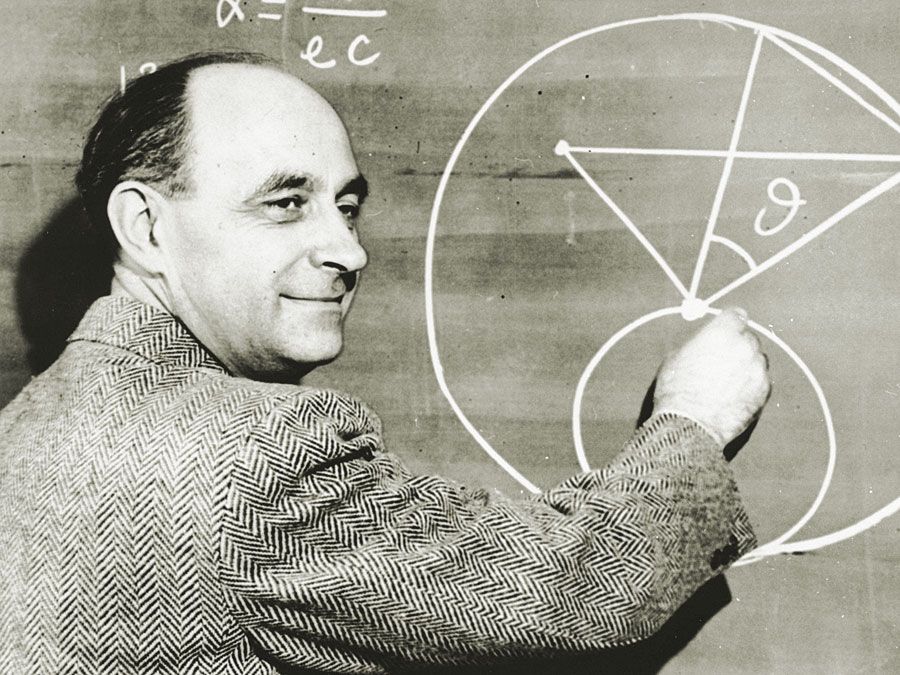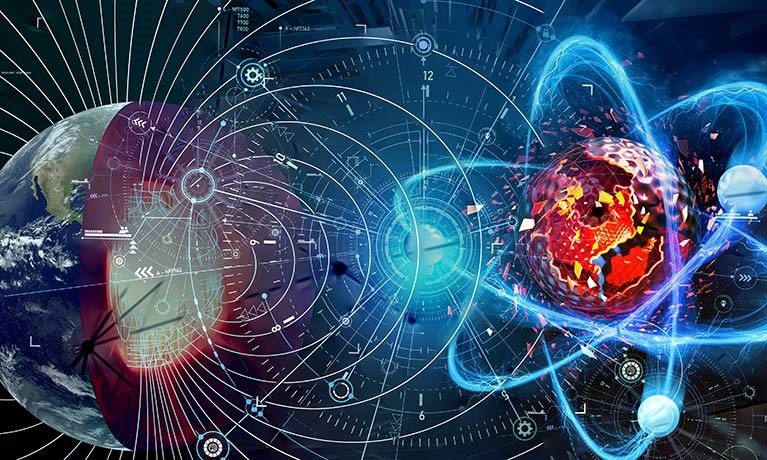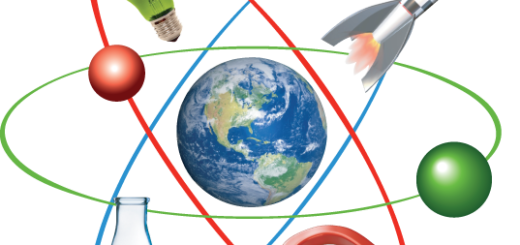Physics: The Exploration of Nature’s Laws
Physics is a fundamental branch of natural science that studies matter, energy, and the relationships between them. It helps us understand the basic principles of the universe, enabling us to comprehend and utilize the laws of nature. The history of physics is deeply intertwined with the development of human civilization, and it has driven technological progress and scientific discoveries. In this article, we will discuss the fundamental principles of physics, its history, and its modern applications.

The History of Physics
The history of physics dates back to ancient times. Early Greek philosophers such as Aristotle and Archimedes attempted to understand the laws of nature. However, their ideas were often philosophical and not based on scientific evidence. During the medieval period, Islamic scholars made significant contributions to physics, particularly in the fields of optics and mechanics.
The 16th and 17th centuries marked a turning point in physics with the Scientific Revolution. Galileo Galilei pioneered the use of experiments to study natural phenomena, laying the foundation for modern physics. Sir Isaac Newton further revolutionized the field with his laws of motion and universal gravitation, which provided a comprehensive framework for understanding the physical world.
In the 19th and 20th centuries, physics underwent another transformation with the development of electromagnetism, thermodynamics, and quantum mechanics. Scientists like James Clerk Maxwell, Albert Einstein, and Niels Bohr introduced groundbreaking theories that expanded our understanding of the universe. Today, physics continues to evolve, with researchers exploring areas such as particle physics, astrophysics, and quantum computing.
Fundamental Principles of Physics
Physics is built on a few core principles that govern the behavior of the universe. These principles are expressed through laws and theories that have been tested and validated through experiments and observations. Some of the most important principles include:
- Newton’s Laws of Motion:
- First Law (Inertia): An object at rest stays at rest, and an object in motion continues in a straight line at constant speed unless acted upon by an external force.
- The acceleration of an object depends directly on the net force applied to it and inversely on its mass, following the equation F = ma.
- For every applied force, there is an equal force exerted in the opposite direction.
- Law of Universal Gravitation:
Proposed by Newton, this law states that every mass attracts every other mass in the universe with a force proportional to the product of their masses and inversely proportional to the square of the distance between them. - Laws of Thermodynamics:
- First Law (Conservation of Energy): Energy cannot be created or destroyed, only transformed from one form to another.
- Second Law (Entropy): In any energy exchange, the total entropy of a system and its surroundings always increases.
- Third Law: As the temperature of a system approaches absolute zero, the entropy of the system approaches a minimum value.
- Theory of Relativity:
Albert Einstein’s relativity theory transformed how we perceive space and time. It consists of two parts:- Special Relativity: Deals with objects moving at constant speeds, particularly those接近 the speed of light. It explores phenomena such as time dilation and length contraction.
- General Relativity explains gravity as the bending of spacetime due to the presence of mass and energy.
- Quantum Mechanics:
Quantum mechanics studies the behavior of particles at the atomic and subatomic scales. It introduces concepts like wave-particle duality, superposition, and uncertainty, challenging our classical understanding of physics.

Branches of Physics
Physics is a vast field with numerous branches, each focusing on different aspects of the physical world. Some of the major branches include:
- Classical Mechanics:
This branch deals with the motion of objects and the forces acting on them. It is based on Newton’s laws of motion and is applicable to everyday phenomena. - Electromagnetism:
Electromagnetism studies the interaction between electric charges and magnetic fields. Maxwell’s equations form the foundation of this branch. - Thermodynamics:
Thermodynamics focuses on heat, work, and energy transfer. It is essential for understanding engines, refrigerators, and other systems involving energy conversion. - Optics:
Optics is the study of light and its interactions with matter. It includes phenomena like reflection, refraction, and diffraction. - Quantum Physics:
Quantum physics explores the behavior of particles at the smallest scales. It has led to the development of technologies like semiconductors and lasers. - Astrophysics:
Astrophysics applies the principles of physics to study celestial objects and phenomena, such as stars, galaxies, and black holes. - Particle Physics:
Particle physics investigates the fundamental particles that make up matter and the forces governing their interactions.
Applications of Physics in Everyday Life
Physics is not just a theoretical science; it has countless practical applications that impact our daily lives. Some examples include:
- Electricity and Magnetism:
The principles of electromagnetism are the basis for electrical power generation, motors, and communication technologies like radios and smartphones. - Transportation:
The laws of motion and thermodynamics are essential for designing vehicles, airplanes, and spacecraft. - Medical Technology:
Physics plays a crucial role in medical imaging techniques like X-rays, MRI, and ultrasound. - Energy Production:
Understanding thermodynamics and nuclear physics has enabled the development of power plants, solar panels, and wind turbines. - Computing:
Quantum mechanics has paved the way for modern electronics and computing technologies.
The Future of Physics
Physics continues to push the boundaries of human knowledge. Some of the most exciting areas of research include:
- Quantum Computing:
Quantum computers leverage the principles of quantum mechanics to perform calculations far beyond the capabilities of classical computers. - Dark Matter and Dark Energy:
These mysterious components make up most of the universe, and physicists are working to understand their nature. - String Theory:
String theory attempts to unify all fundamental forces and particles into a single theoretical framework. - Space Exploration:
Advances in physics are driving innovations in space travel and our understanding of the cosmos.
Conclusion
Physics is the foundation of our understanding of the universe. From the smallest particles to the vastness of space, it provides the tools to explore and explain the natural world. Its principles have led to technological advancements that have transformed society, and its future promises even greater discoveries. As we continue to unravel the mysteries of the universe, physics will remain at the forefront of scientific inquiry, shaping the way we perceive and interact with the world around us.


